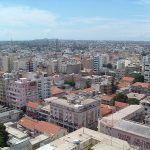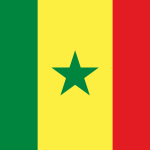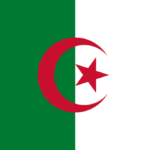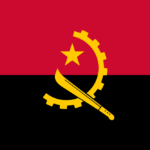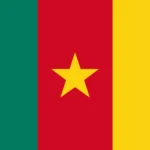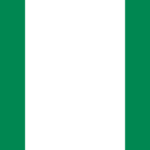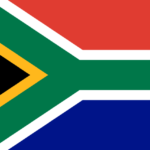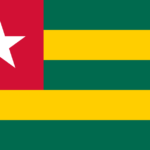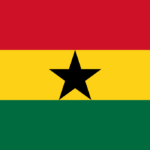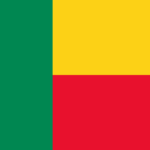Senegal
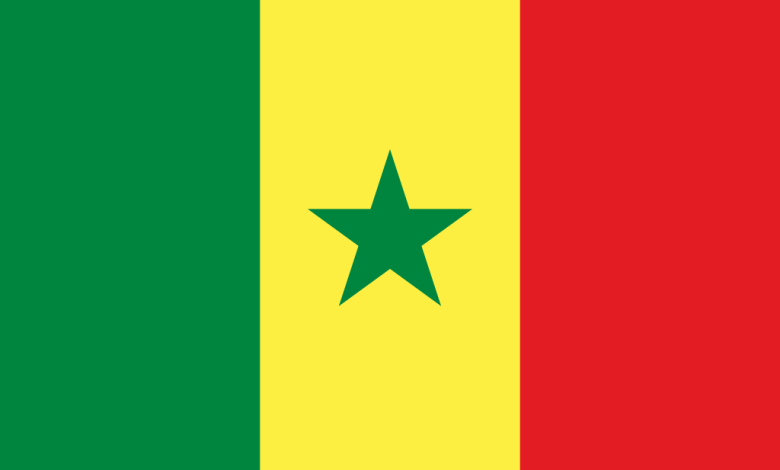
Senegal, a country situated in western Africa, is renowned as the “Gateway to Africa” due to its strategic location at the westernmost point of the continent and its accessibility through various air and maritime travel routes. Its geographical position offers a unique blend of semiarid grassland, oceanfront, and tropical rainforest, making it a diverse environment rich in plant and animal life. It is this abundant natural heritage that has influenced the selection of Senegal’s national symbols: the baobab tree and the lion.
This country’s history dates back to ancient times when it was a part of the Ghana and Djolof kingdoms and played a crucial role as a node on trans-Saharan caravan routes. The region also experienced early contact with European powers and witnessed disputes between England, France, Portugal, and the Netherlands. Eventually, it fell under French control in the late 19th century and remained a French colony until 1960. It was during this period that Léopold Senghor, a prominent writer and statesman, emerged as a leader and guided Senegal to gain independence. Initially, Senegal was part of the Mali Federation but later became a fully sovereign state.
Although peanuts (groundnuts) have traditionally been a vital part of Senegal’s economy, the government has made efforts to diversify its economic sectors. These endeavours have achieved some success, leading to advancements in industries such as agriculture, fishing, mining, manufacturing, and services. Additionally, tourism has become an increasingly important sector due to Senegal’s cultural heritage, historical sites, and natural attractions.
Senegal is known for its vibrant culture and arts scene. Its music, particularly genres like mbalax and traditional West African rhythms, has gained international recognition. Senegalese cuisine is also highly regarded, with dishes like thieboudienne (a flavorful fish and rice dish) being popular both locally and abroad.
In recent years, Senegal has made significant progress in areas such as education, healthcare, and infrastructure development. The country continues to strive for economic growth and social progress, while also facing challenges like poverty, inequality, and climate change.
Senegal stands as a testament to the rich history, diverse natural landscapes, and vibrant culture of Africa. Its position as the “Gateway to Africa” not only signifies its geographical significance but also represents its potential as a hub for trade, tourism, and regional cooperation.
Map view
History, Geography and more
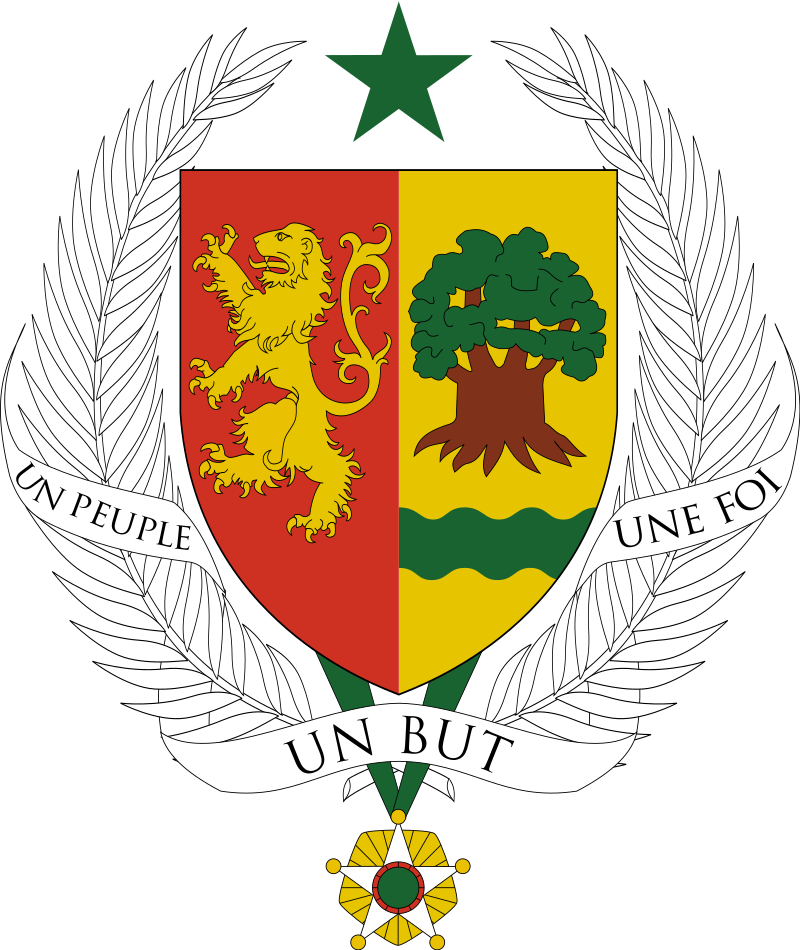
| Country Names | |
|---|---|
| Common : | Senegal |
| Official: | Republic of Senegal |
| Common (Native) : | Sénégal |
| Official (Native) : | République du Sénégal |
| Some Translations | |
| Arabic : | جمهورية السنغال |
| French: | République du Sénégal |
| Spanish : | República de Senegal |
| Italiano : | Repubblica del Senegal |
| Russian : | Республика Сенегал |
| Japanese : | セネガル共和国 |
| Geography | |
| Time Zone : | UTC |
| Region : | Africa |
| Subregion: | Western Africa |
| Capital City : | Dakar |
| Demonym: | English: Senegalese , Senegalese - French: Sénégalaise , Sénégalais |
| Lat/Lng : | 14, -14 |
| Population : | About 18,593,258 inhabitants |
| Area : | 196,722 km² |
| Land borders : | GMB, GIN, GNB, MLI, MRT |
| Languages | |
| Languages : | French |
| Other details | |
| Currencies : | West African CFA franc (Symbol: ) |
| COUNTRY CODE : | +2 (21) |
| ISO Codes : | SN / SEN |
References
Towns and cities in Senegal
National Anthem of Senegal
Le Lion rouge: The national anthem of Senegal
Check Voyage info and Guide for Senegal Here Check the weather in Senegal Here Le Lion Rouge or “The Red Lion,” also known as “Everyone strum your koras, strike the balafons,” is the national anthem of Senegal. It was officially…
Flag
The National Flag of Senegal
The National Flag of Senegal or Senegalese flag, known as the drapeau du Sénégal in French, is a tricolour featuring three vertical bands in green, yellow, and red, with a five-pointed green star positioned at the centre. This flag was…
